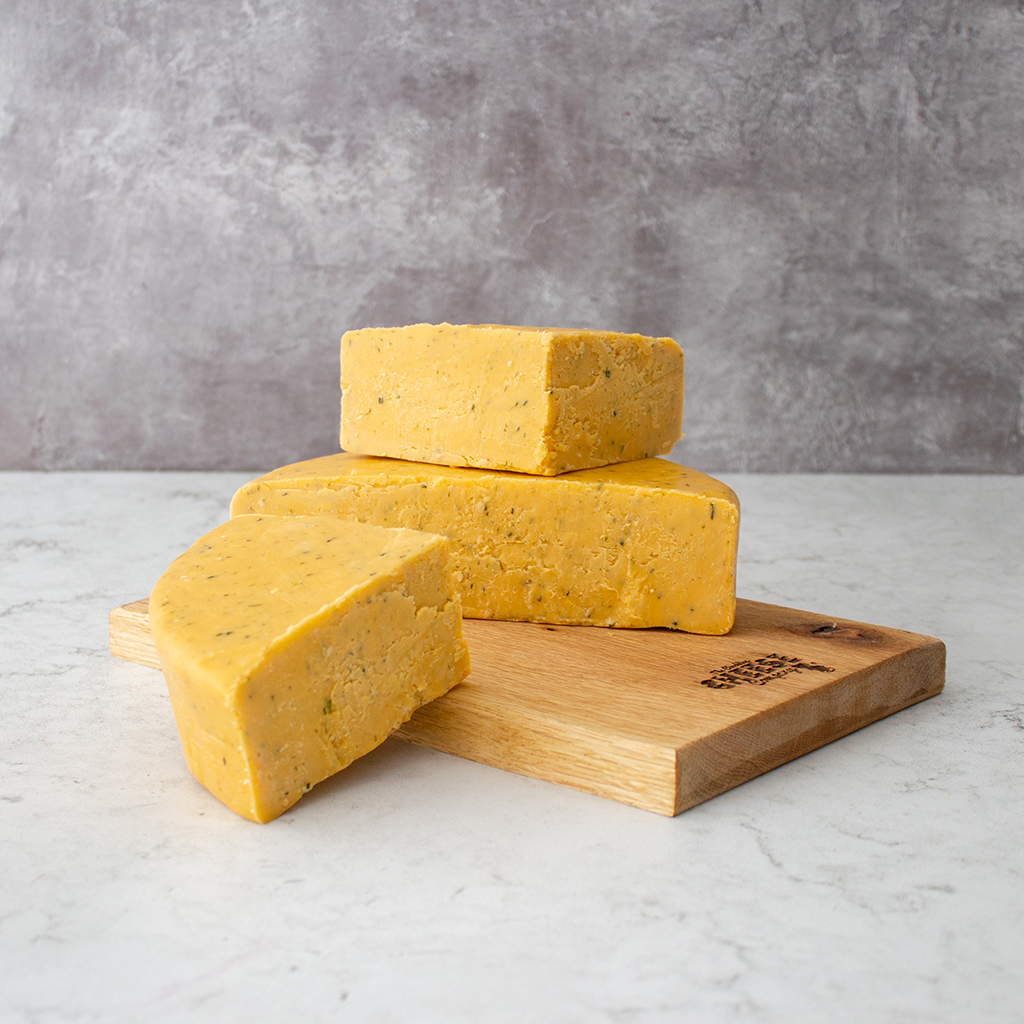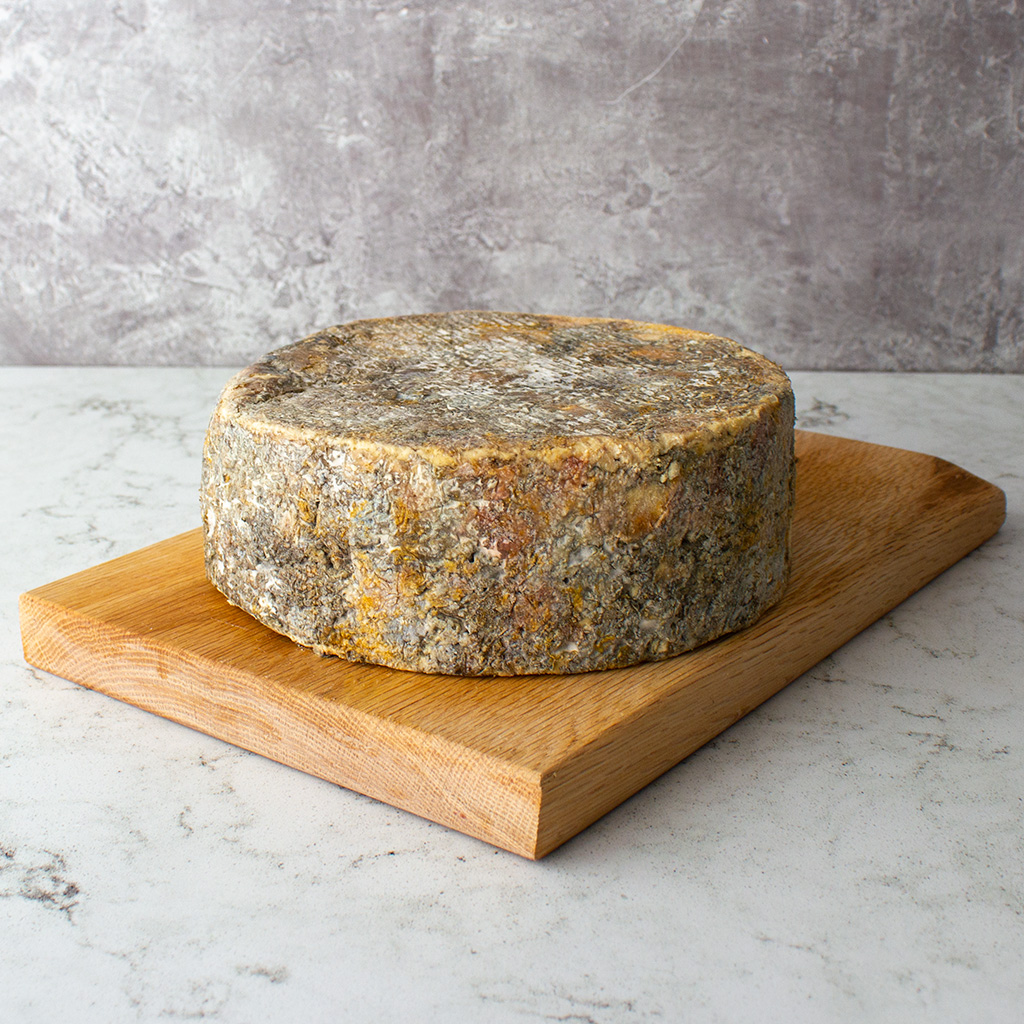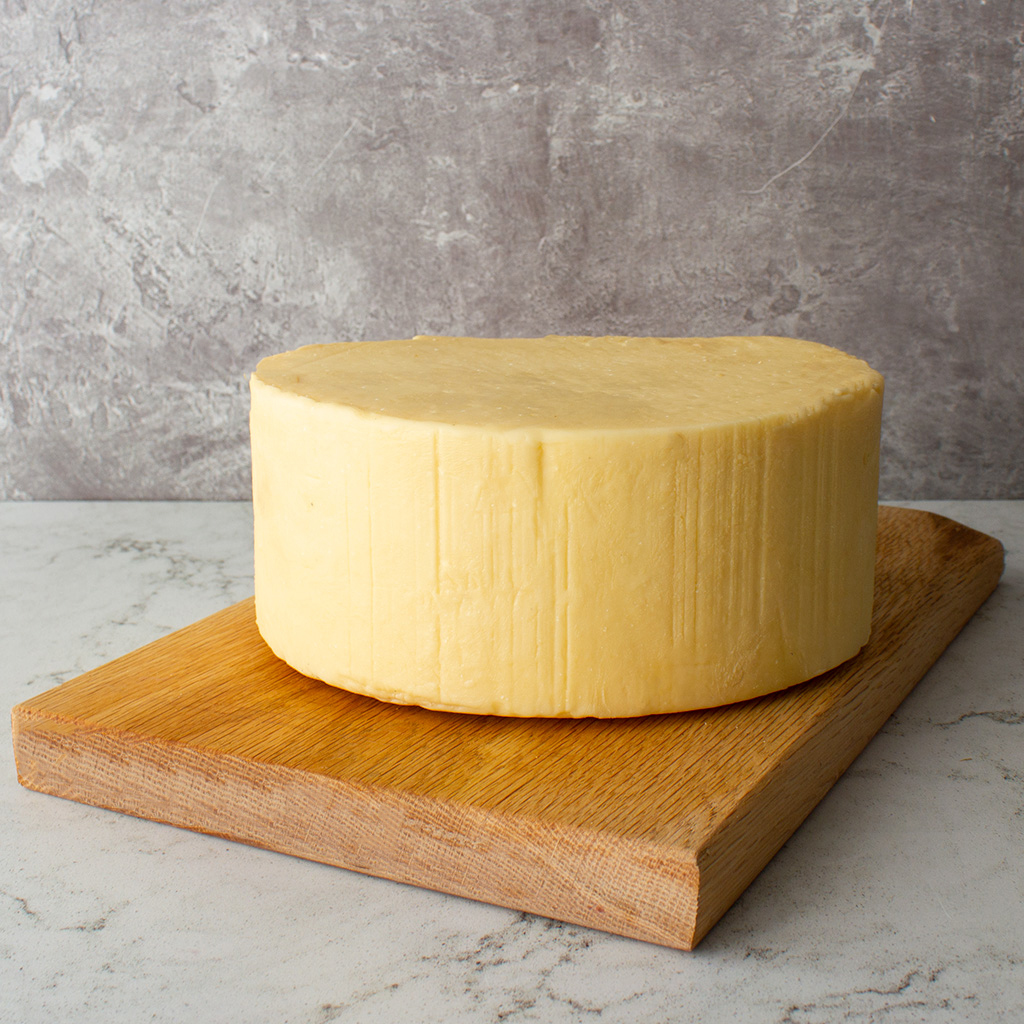Rolling in the cheese - the grate-est traditions that make a dairy good May
There’s something very special about the month of May - not least because in the UK we get to enjoy two bank holidays close together. The ancient festival of May Day is a rite of spring, celebrating rebirth as warmer weather arrives, all set amid blossom-filled trees, flowers bursting into bloom, and the very best cheeses of the year.
We’re probably all familiar with the centuries-old spectacle of Gloucester residents doubly taking leave of their senses for a moment to chase a rolling round of cheese. Taking place close to Whitsun on the annual Spring Bank Holiday, the now officially classified ‘extreme sport’ is not the only cheesy tradition associated with May. But it’s a good place to start…


So why do they chase a rolling cheese down a hill?
It seems like a wheely daft idea but chasing a wheel of cheese that can reach speeds of 70 mph down a steep hill is an annual tradition on Cooper’s Hill near the village of Brockworth. As it seems no one has ever caught the Double Gloucester round, the winner is the person to make it down the 50 per cent slope first.
The first recorded evidence of the annual event was in a note to the local town crier in 1826 but it’s widely accepted the madness has likely taken place for centuries. With its roots perhaps in pagan festivals where the ancients threw stuff like rolls of burning branches and buns and biscuits down a hill to encourage a bountiful crop, it’s also theorised that the celebration has something to do with grazing rights. The theory is that if there had been no cattle on the sheer drop then chucking things down it demonstrated it had at least been used for something that year.
Regardless, lots of folk get injured in the cheese rolling every year but as with all great British traditions, the celebration of cheese-led eccentricity is worth it for the hundreds who take part - just to say they’ve done it. And if blue cheese is more your thing, they do something very similar in the village of Stilton in Cambridgeshire. Competitors roll a wheel of the eponymous cheese through the streets to win a whole ring of the said blue-veined delight along with a supply of ale and wine - the perfect combo.
The blessed Double Gloucester cheese of the Cotswolds
It's not just rolling either that the folks of Gloucestershire do with cheese in May. In the village of Randwick, nestled in the beautiful Cotswolds, three Double Gloucester cheeses are blessed at the altar of St John the Baptist Church before being paraded around the congregation. The cheese is then cut up and shared among the villagers. The ceremony is part of a revival of the village’s Wap festival that dates to the Middle Ages.

The May Day Milk Maids Dance
For centuries the farmsteads and great houses of England were the scenes for some rather quaint boogying by local ladies employed to milk the herds. An early forerunner to Strictly, the young women of various towns and villages would don their finery on May Day and dance in front of their customer’s houses before being judged as to whether their quicksteps were worthy of a donation. The milkmaids were often accompanied by local or travelling musicians - most often playing the fiddle.
There’s a vague mention of the milkmaid’s dance in Samuel Pepys’ diary (1667) and further references throughout history right up to the early 1900s. Milkmaids dancing features regularly on engravings, paintings and in folk music as well as literature - if you’ve read Tess of the D'Urbervilles you’ll know that the heroine of Thomas Hardy’s novel falls in love while working as one. Then it seems the Milkmaid's May Day dance became extinct before appearing once more as folk customs began to be revived in the 1970s.
Of course, cheese making was an important part of the milkmaid’s work. In the Gentlewoman’s Companion 1675, early household management guru Hannah Woolley included an entire section of guidance for milkmaids. It includes that they must “make your cheese good and tender…and provide your winter butter and cheese in summer - as in May”.
Why May may just be the best time of year to eat cheese
There's a good reason why cheese features in customs and traditions associated with spring and the month of May. It is precisely this time of year that many British cheeses were and still are, considered to be at their very best. Milk production has always peaked in May because grass growth is at a maximum and the lactation cycle of cows begins. Though not many people realise cheese is a seasonal product, and doesn’t need to thanks to refrigerators, fresh dairy cheeses, sheep’s milk cheese, goats cheese and chèvres are particularly bright and complex in flavour through Spring and into May.
So there we have it. In truth, there’s never a bad time to enjoy cheese but it may just be that May (rather than Christmas as you may have thought) is the perfect time of year to gift that special gift of cheese. Take a browse around our cheese gifts and cheese hampers to pick something special for someone special!





